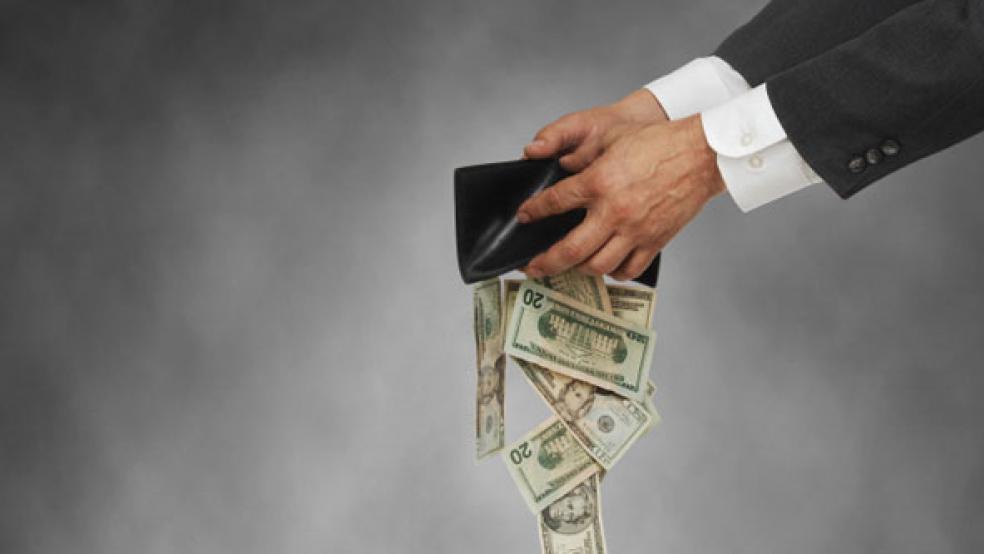Thanks to the inflationary surge that kicked off during the Covid-19 pandemic, the typical American household is spending hundreds of dollars more per month than it did two years ago for the same basket of goods, according to Moody’s Analytics chief economist Mark Zandi.
“The July CPI report was great,” Zandi said on social media, referring to the data released this week that shows that inflation continues to moderate. At the same time, “the high inflation of the past 2+ years has done lots of economic damage,” he added. “Due to the high inflation, the typical household spent $202 more in July than they did a year ago to buy the same goods and services. And they spent $709 more than they did 2 years ago.”
The household spending numbers – driven in large part by higher housing costs but also by rising prices for food, cars and services – could play a major role in the big gap between the positive outlook most economists report and the gloomier attitude on the economy recorded in most polls. Put simply, most things cost more, and incomes haven’t kept up, with real earnings still sitting at late 2019 levels.
“Real earnings remain below what they would have been if not for the pandemic and the Russian war, which is weighing on the collective psyche,” Zandi told CNN.
Still, it looks like consumers are starting to notice the moderation in inflation. Expectations for inflation fell in early August, according to a survey from the University of Michigan. Americans expect to see inflation at 3.3% over the next year, down from the 3.4% rate expected in July. And over the next five to 10 years, U.S. consumers expect to see inflation at 2.9%, down from 3.0% expected last month.
“Consumers have exhibited greater confidence that inflation will indeed continue to slow both in the short and long run,” survey director Joanne Hsu said, per Bloomberg. “These trends, coupled with the easing expectations themselves, suggest that consumers believe inflation has turned a corner.”




